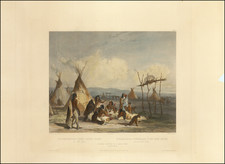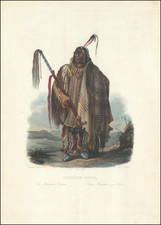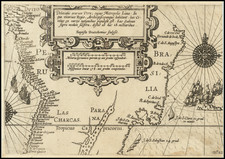Ein Brasilian is an evocative woodcut print from 1688, published by Eberhard Werner Happel in Hamburg. This work presents a portrayal of a Brazilian man, his feather headdress and his bow and arrow suggestive of the hunting-gathering societies of the region. He is posed in a way that suggests movement and curiosity, looking back over his shoulder at the viewer.
German polymath Eberhard Werner Happel was an innovative figure of the late 17th century, known for his eclectic literary, historical, and journalistic endeavors. This woodcut is a testament to his wider engagement with a curiosity for distant cultures and societies, mirroring the broader European fascination with the New World during the Age of Discovery.
The depicted Brazilian man's image emerges against the backdrop of a period marked by burgeoning colonial expansion, particularly the exploration and exploitation of South America by European powers. The man's attire, featuring a feather headdress and traditional weapon, conveys an exoticized image of indigenous Brazilians, reflecting European perceptions of the time.
The accompanying text beneath the woodcut provides intriguing insights into the European perspective on the geopolitical intricacies of the New World. The narrative delves into the discovery of the region by the Portuguese in 1501 and the ensuing territorial dispute between Spain and Portugal. This dispute, mediated by Pope Alexander V in 1493, divided the newly discovered lands between the two nations, ultimately leading to contentious interpretations of the agreement and fuelling colonial rivalries.
In essence, Ein Brasilian serves as a visual and textual reflection of the age of exploration, colonialism, and cultural exchange. It portrays an indigenous Brazilian man through the lens of European curiosity and understanding, encapsulated within the wider historical and political context of territorial disputes and the scramble for colonial dominance in the New World.
Eberhard Werner Happel (1647–1690) was a German author of scientific and historical works. The son of a reformist Lutheran minister, he studied law, mathematics, and natural sciences in Marburg, Germany, from the 1660s to 1680s, though due to financial issues he never finished his formal education. He also tutored aristocratic families in Hessen and Hamburg during this time. Around 1680 he devoted himself to writing, publishing several works of historical fiction. He also published several historical and scientific almanacs, the most famous of which was Historia Moderna Europae, which covered recent European political history and included detailed maps and engravings. His most famous scientific work was Gröste Denkwürdigkeiten der Welt: Oder, So genannte “relationes curiosae”, which contained one of the most important early discussions of oceanographic phenomena. In later years Happel continued to be a successful and widely read author. He died in Hamburg at age 42, survived by his wife, Margarita, and four children.









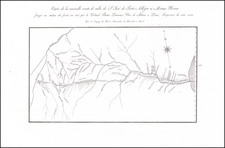
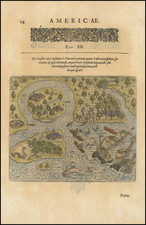
![[El Dorado] Guaiana](https://storage.googleapis.com/raremaps/img/small/97225.jpg)
